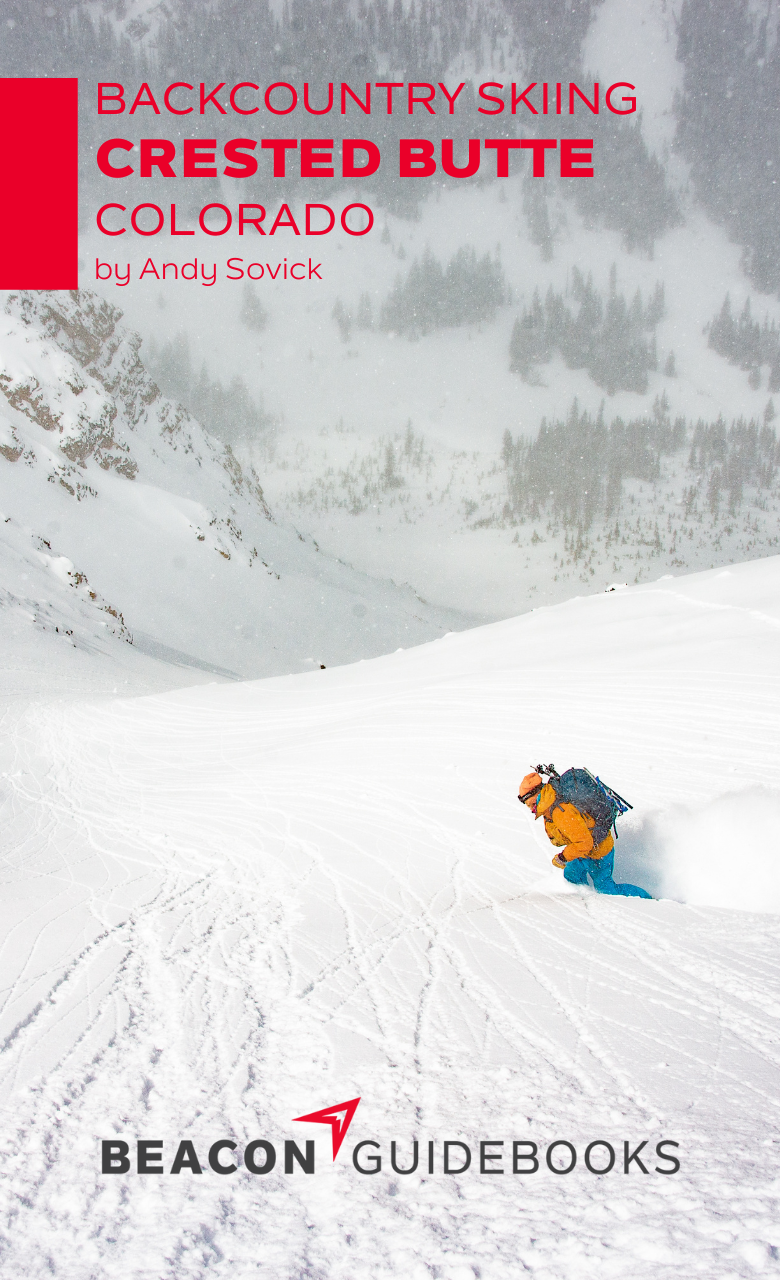When I took the course my instructor brought up the question “were we good, or were we lucky?”. Basically did we make questionable decisions and get away with it, or did we actually make good decisions.
Great question that really leaves you thinking on a debrief.
We heard something of the same thing, maybe that is a common refrain.
One of the instructors told a story where he says “out of deference to the others in the group who have kids, I went first.” That can be left hanging in the air.
They also talked about skiing off of road passes and specifically mentioned Berthoud where you can be instantly in 40° terrain. Think about the assessment problems where access is from a road above if you are relying on observations for safety assessment.
I took these screen shots about a week ago off Instagram posted by Freeskier magazine. @crgildart I think this gets to the point of your question. By using the tools available such as current avy conditions reports, CalTopo, Gaia, and Google Earth, you route plan to travel and ski in a relative safe zone. Going more times to mellow places where you don’t spend time in or under avalanche terrain doesn’t increase risk.
The problem is that 30-45° is the most common avalanche slope pitch and also the pitch expert skiers tend to prefer. Which is why “what do we want to ski” placed against “what should we ski” is really difficult in a continental climate (Colorado) until spring when the snowpack goes isothermic. Less so in maritime climates, etc.
Last edited:


 . Or just do their “Eleven” cat skiing up in Irwin, where they avy control the cat terrai
. Or just do their “Eleven” cat skiing up in Irwin, where they avy control the cat terrai